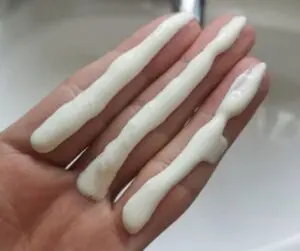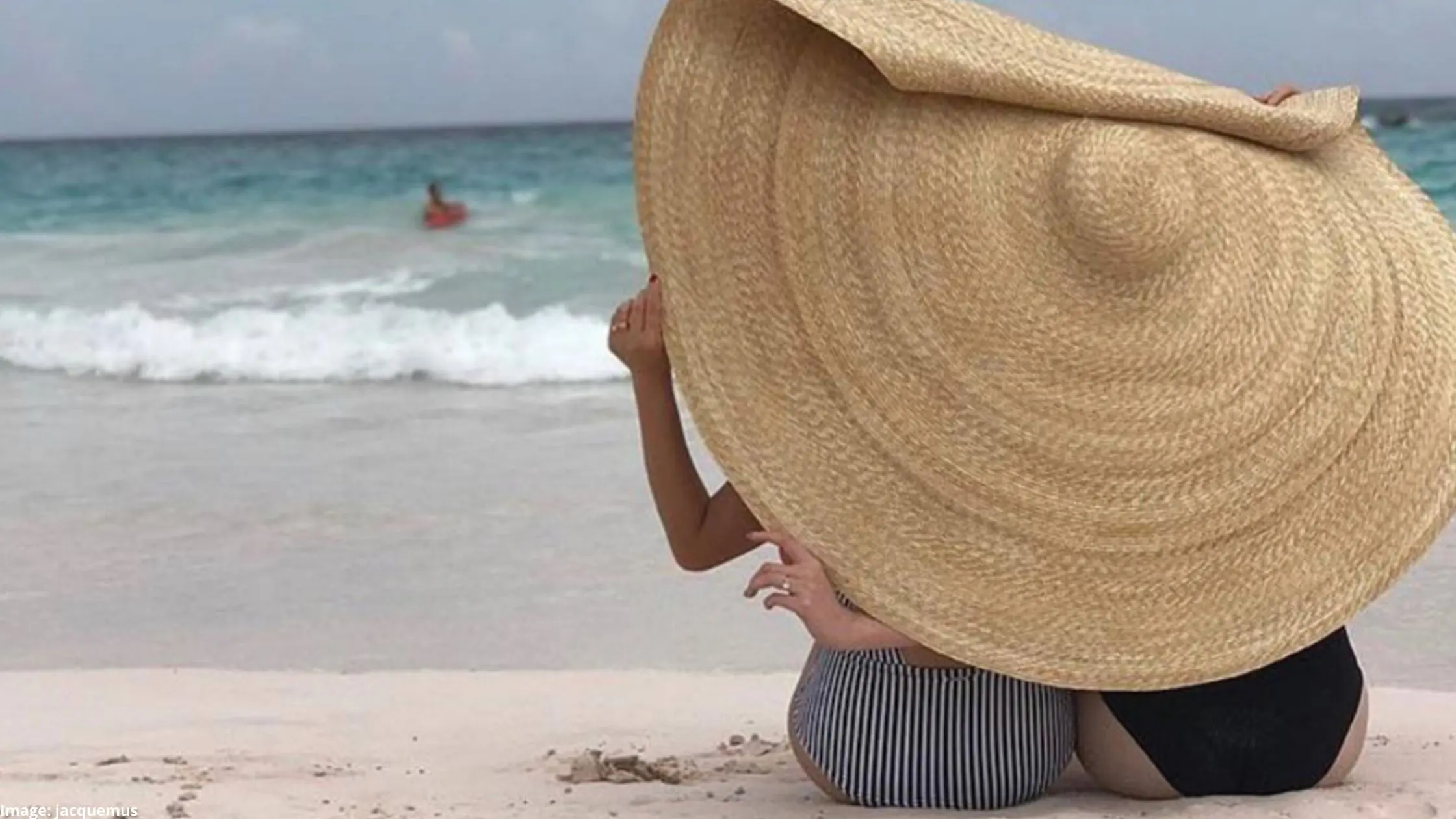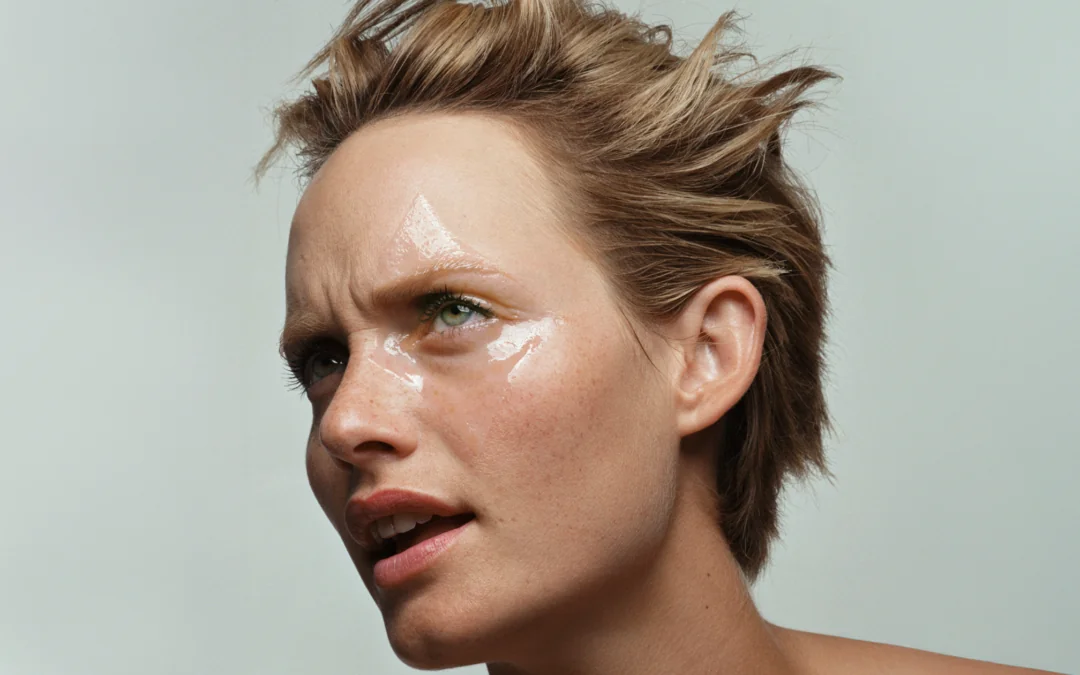May marks Skin Cancer Awareness Month, we spoke with Aesthetician and Facialist Andy Millward to find out their top sun safety tips, favourite SPF products and the benefits of using sun protection.
Andy Millward is an aesthetician and facialist who is also on the Beauty Backed Trust team.
What are the sun safety tips you live by?
Daily sunscreen is a must, obviously! However sunscreen on it’s own isn’t a 100% fail-safe method of protection. It only filters or reduces the amount of UV exposure. Therefore alongside using a broad spectrum sunscreen (that protects against UVA and UVB), we also need to be more sun-aware in general and incorporate UPF (Ultraviolet Protection Factor) clothing and hats, sunglasses and actively seek shade where possible. Intentionally sunbathing, even with sunscreen is on, is the equivalent of covering yourself in a fire retardant and walking into a fire, you’re only delaying the combustion!

Image: Andy Millward on Instagram
Also sunscreen application is complex! Firstly think of it more of a drug than a cosmetic (in fact in some countries it is regulated as a drug), therefore the dosage is really important to get the labelled protection. When tested, sunscreens are used at 2mg per cm2 of skin, which roughly equates to around 1.25g, or a quarter teaspoon of product for the face (double the amount for face, neck and ears). As a guide you can use the 2 finger length rule for each body part (if you don’t have a set of cosmetic scales or measurement spoons to hand).
However we also need to challenge the way we think about sunscreen. Often it’s seen as a beach product or only to be used on days when the sun is shining. However we’re exposed to UV radiation and damage on a daily basis, all year round. We often think of the effects of UVB, because they show immediately and cause visible ‘burning’ of the skin. However UVA, which is present all year round and can penetrate glass, is a longer and more damaging form of UV radiation, yet we don’t see it happening and therefore its not as obvious as UVB damage. It’s important to note that the ‘SPF’ rating only tells you about the UVB protection. So for example SPF50, is 50 times your natural burn rate, which will vary from person to person based on their skin type. From an EU regulatory perspective, since 2010 all sunscreen products must provide UVA protection at minimum of a third of the UVB protection. Which is actually not that much. Many sunscreens now have a separate PA+++ rating, or the Boots star rating, to show that they have more than the required UVA protection.
What are your favourite SPF products (which you recommend to your clients)?
I personally love a brand called Ultrasun and I’ve used them personally for over 15 years and I’ve been a stockist for a couple of years. I am sensitive to some common UV filters so I’d often come out in spots or get prickly heat rash. Ultrasun is formulated with sensitive skins in mind and suitable for the whole family. They are also ‘long lasting’ meaning they are stable and long wearing for up to 8 hours (providing it was applied adequately in the first place of course). Most sunscreens will need to be reapplied every 2-3 hours. So from a cost perspective but also from the practicality of having to reapply, I find it works really well. Lastly they have a range of different formulations to suit different skin types and skin colours.
In your experience, how prevalent is sun damage on the skin?
Very prevalent. Unfortunately a lot of sun damage occurs before we’re 18 and accumulates as we get older. This can present itself later in life as lines and wrinkles, hyperpigmentation, textural changes, redness / visible capillaries and of course, increased risk of skin cancers. The issue of course as mentioned, a lot of the long-term damage from UVA isn’t visible immediately. However during a consultation and skin analysis I can often see some of those effects under my Woods Lamp skin scanner and the damage that is not yet visible on the surface. I can also use the same tool to see how well clients are applying their sunscreen. Sadly many people believe they are protected with SPF50, yet they’ve applied it so thinly, missed patches or forgotten to reapply that actually their skin is exposed. It’s that false sense of security that can often lead to more damage. Hence the reason why we also need to consider other factors such as hats, sunglasses and UPF clothing etc.

Image: Andy Millward on Instagram
As a facialist, what benefits do you see in people’s skin when they use sun protection?
Sunscreen is mostly about prevention and prevention is always better than cure! If clients are diligent with sunscreen now, they can save themselves a lot of money and hassle in the long-term.
As UV damage is the number one stressor for the skin, by using a sunscreen on a daily basis we are reducing the level of oxidative stress and free radical damage the skin is exposed to. Therefore simply by wearing sunscreen we’re helping the skin to age better by reducing inflammation, reducing collagen breakdown, reducing pigmentation irregularities (therefore skin is more even in complexion) and fundamentally reducing DNA damage, which not only causes the skin to look unhealthy but can lead to serious issues such as skin cancer.
So the benefits may not be seen immediately or even in a few months, but I guarantee the benefits will be seen in years to come as your skin will age better than if you weren’t using sunscreen.
As Skin Cancer Awareness Month is drawing to a close, and summer is around the corner, it is important to keep the sun safety conversation going forwards, always remember to wear your SPF and keep yourself protected from the sun.
Find out more about Andy’s work on his website, and on his Instagram.





